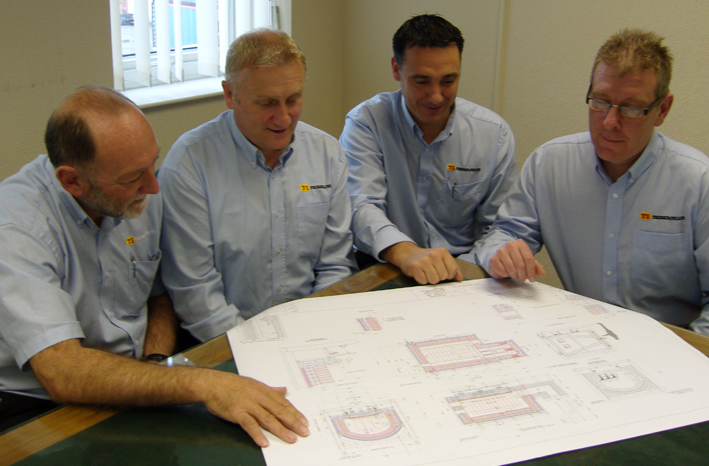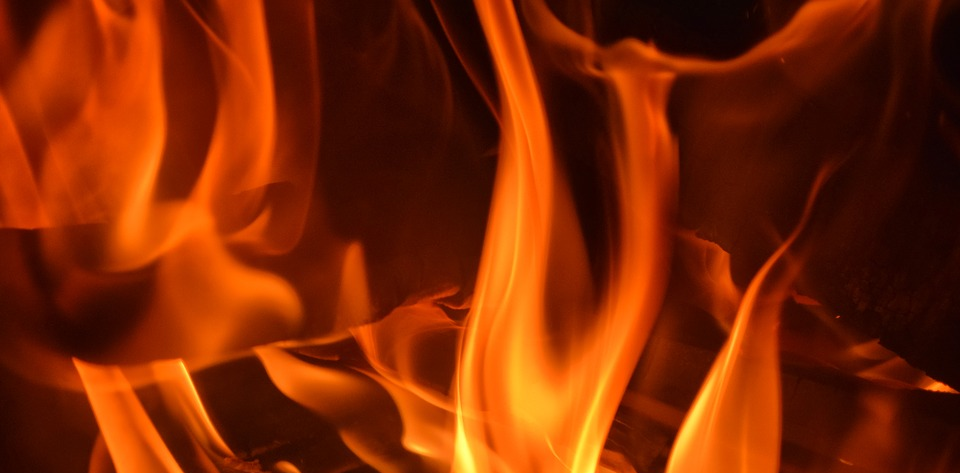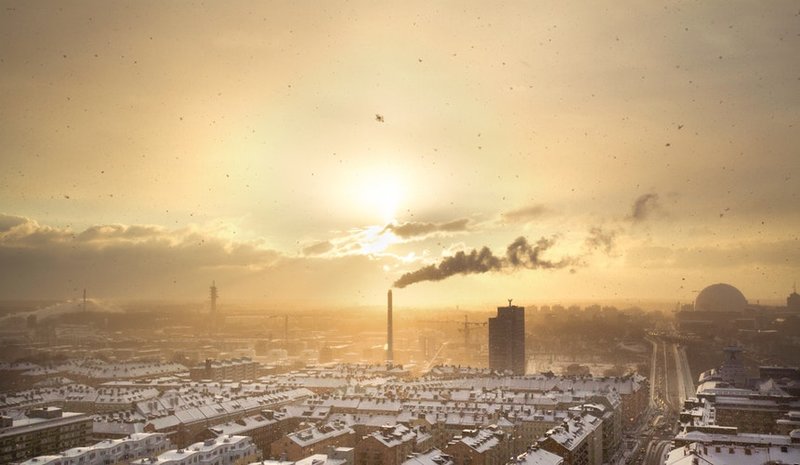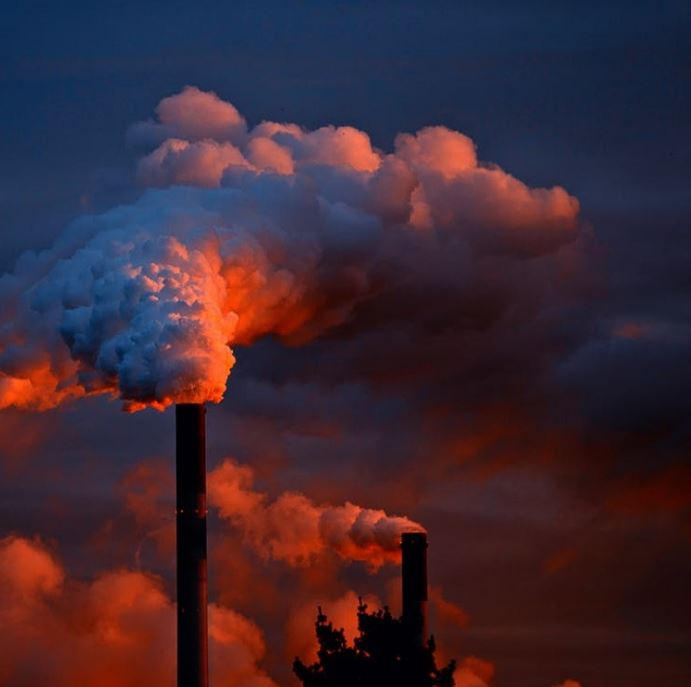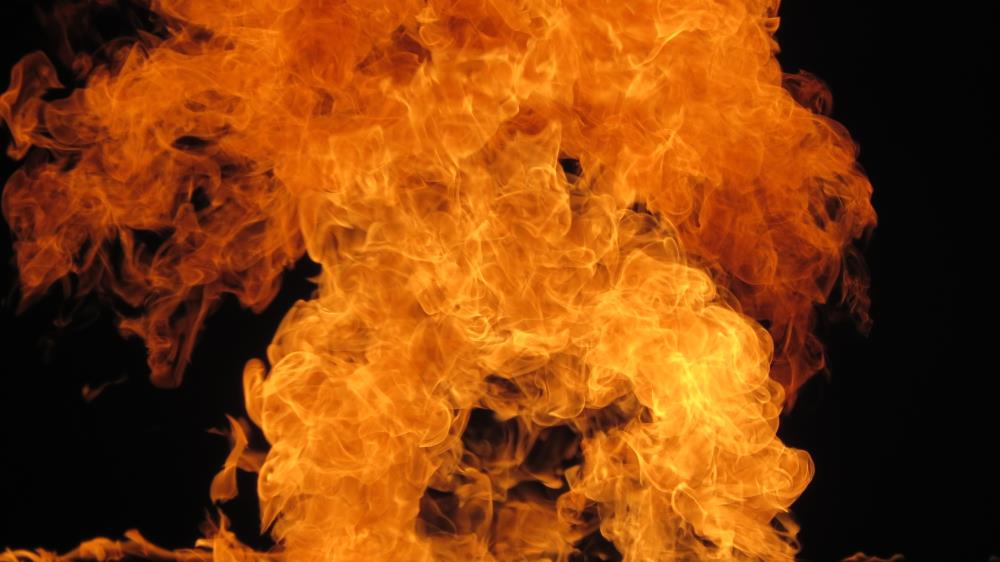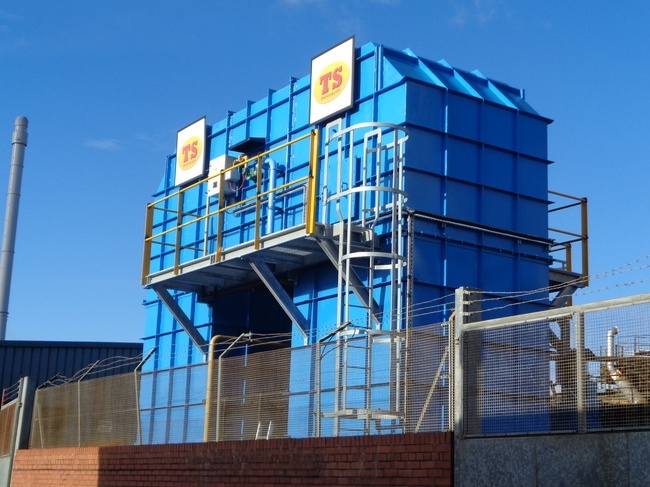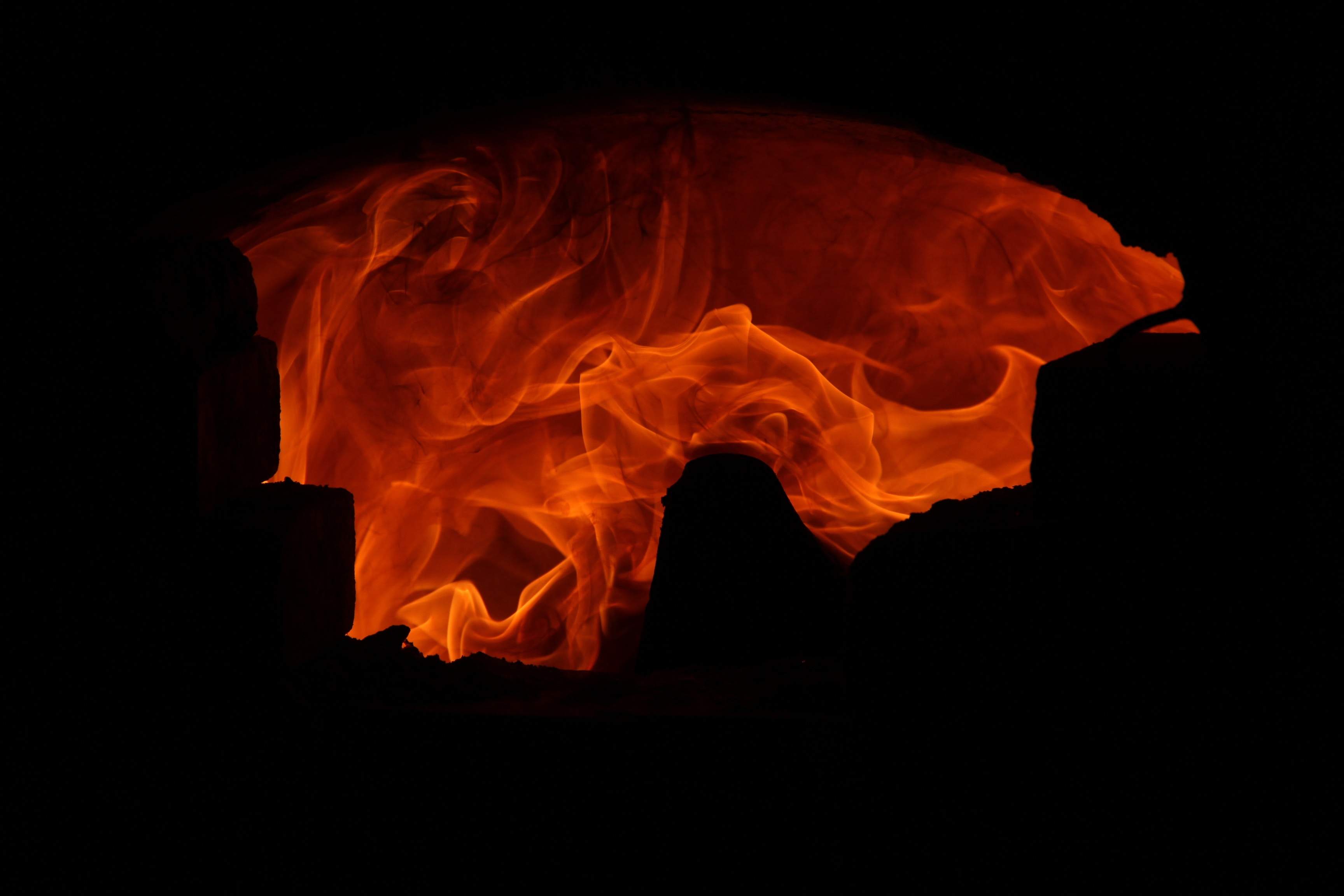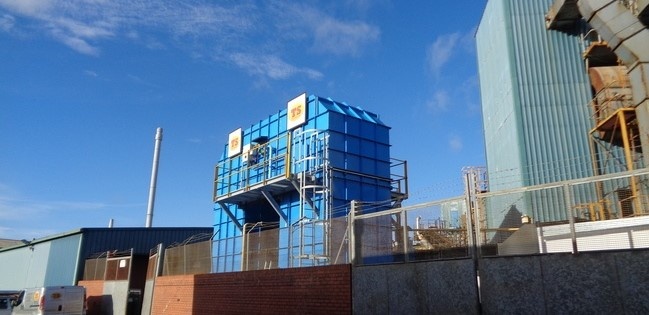Therser Awarded CHAS H&S Accreditation
by Therser Sales Team on 18-May-2018 14:54:52
Well done to all of the Therser team! After an extensive auditing and compliance process, we were delighted to be awarded our CHAS Health and Safety accreditation last month. The Contractor’s Health & Safety Assessment Scheme (CHAS) is one of the UK’s leading third-party accredita …
Investing In The Next Generation Of Thermal Engineers
by Therser Sales Team on 09-May-2018 16:41:10
The principles of thermal engineering can be learned from books at college, but you will never become a great thermal engineer through theoretical learning alone. Like any engineering profession, we are a hands on trade, with practical experience being as valuable, if not more so, as …
Keeping The Momentum Going For Health & Safety In 2018
by Therser Sales Team on 23-Apr-2018 15:27:44
Health and safety is central to the work we carry out here at Therser. All of us who work with industrial furnaces know how dangerous they can potentially be, and also the negative effect they can have on the environment if polluting emissions are not controlled adequately. With the f …
What Goes On Inside a Industrial Kiln?
by Therser Sales Team on 22-Feb-2018 13:58:57
Kiln technology originated in ancient times, and its development from earthen trenches filled with fuel and items to be fired, up until the present day, happened in stages over thousands of years. The first kilns were recorded in use around 6000 BC, but it was the Chinese who appear t …
Using RTOs For Air Pollution Control
by Therser Sales Team on 13-Feb-2018 16:05:17
RTOs are widely used by manufacturers to control airborne pollutants in waste exhaust streams. In a typical twin bed regenerative thermal oxidiser, contaminated process gases enter through an inlet manifold and are directed toward an energy recovery chamber for preheating. From here, …
Whis Is The Difference Between An RTO & An Afterburner?
by Therser Sales Team on 07-Feb-2018 14:10:59
Controlling polluting air emissions is now an important regulatory requirement, as well as an environmental and health concern. No one really wants to be part of causing the reported 12,000 deaths per year in the UK caused by airborne pollutants in the workplace. Equally there may not …
RTO: Regenerative Thermal Oxidisers Explained
by Therser Sales Team on 29-Jan-2018 16:01:51
A Regenerative Thermal Oxidiser (RTO) is an effective pollution controlling incinerator used in a number of manufacturing industries. An RTO burns off airborne pollutants in furnace/kiln exhaust so that they do not get into the air and turn into toxic soot.
What Is An RTO Thermal Oxidiser?
by Therser Sales Team on 05-Jan-2018 12:35:48
Using an incinerator, or thermal oxidiser to control air pollution is an effective but expensive way of making your exhaust fumes safer and more compliant. The irony of using high-temperature incinerators for pollution control comes from the energy expenditure of having to power the b …
The Operation Of A Regenerative Thermal Oxidiser
by Therser Sales Team on 28-Dec-2017 15:00:00
Regenerative Thermal Oxidisers (RTOs) play an important role in air pollution control in manufacturing processes. They are often preferred over other air treatment equipment due to their cost effectiveness, high energy efficiency and recovery potential. In previous articles we have de …
How Does A Regenerative Thermal Oxidiser Work?
by Therser Sales Team on 20-Dec-2017 11:30:00
Regenerative thermal oxidisers (RTOs) have a unique ability to reuse the thermal energy derived from their operation, ensuring continuity and cutting fuel expenditure. This is one of the major advantages of using an RTO, making it suitable for many energy intensive industries.



